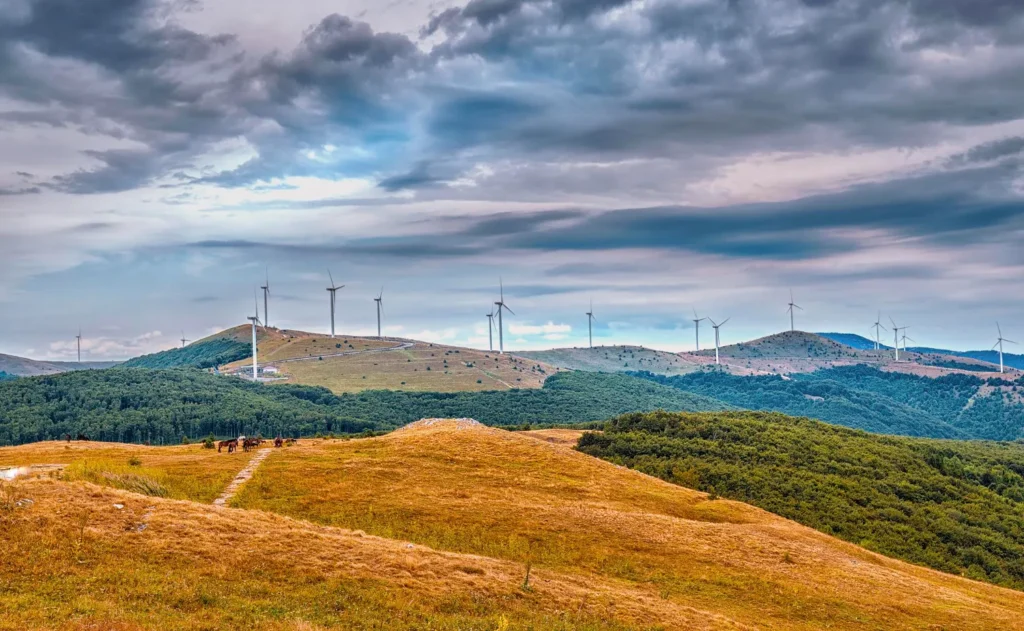While many readers were engaging with the debates at Utility Week Live earlier this summer, I made the sacrifice and headed to San Jose to pick up on the global trends being discussed at the Grid Edge World Forum. The challenges we face in Great Britain with the transition to a low carbon energy system are clearly global ones and the question that interested me was where was the UK leading and where was it lagging on the world stage.
What was striking was that in the first session two speakers cited Great Britain as the place to look at for learning – a disappointment when I had travelled so far to catch the leading edge of thinking. And evidence that Great Britain is perhaps being unduly humble about what it is doing. But inevitably it’s a mixed picture.
The first point to make of course is that the US comprises 50 states at very varied stages of market development. The second is that typically markets in the US are not deregulated and many utilities are still vertically integrated. The level of competition we have in Great Britain is seen as exceptional – but what goes with that is the loss of an integrated perspective when you need to stack benefits across the value chain on flexibility.
So first where are we ahead? Well we do currently have a large share of our generation coming from renewables and that means that networks and the System Operator are perhaps ahead in their thinking about how to handle those more variable loads. With RIIO we have had incentives on distribution companies to look at improving reliability (which was heralded at the conference compared to the US where reliability has been static for 20 years) and also the use of totex to drive “non wires alternatives” (a hot topic at the conference).
In contrast, the US has a much stronger history of using air conditioning loads as part of demand side response to do peak shaving – so a natural next step for them is to look at aggregating those loads as “virtual power plants” to provide a much wider range of services with Nest thermostats and other offerings. That said the focus was still squarely on peak shaving – not yet the broader range of demand side tools (including “turn up”) we have and which are needed to match demand with generation.
Then there are areas where the debates are live in the same way as here. Lots of debate on storage – some utility driven investment and serious interest in colocation of storage with solar in front of the meter to mitigate against risks of negative prices and deliver generation when needed. Lots of interest in domestic solar and storage but still some way off.
There was quite a bit of interest in blockchain to facilitate transactional energy and peer to peer – but again a sense that this is some way off and that other sectors including finance will move first.
There was a lot more discussion about microgrids than I would expect at home with an interest in the ability to island parts of the network to help with resilience (both to benefit the specific customer or community and customers at large). The drivers for this are varied – either past experience of events like Hurricane Sandy – critical sites (such as military) or remote communities (which to be fair is an issue that SSE have had to deal with in relation to island communities).
Then there were some areas where I haven’t picked up much debate at all at home and which, for example, are noteably absent from the Ofgem/BEIS smart flexibility work.
Smart inverters were talked about all the time in the same breath as other distributed resources. These make solar and storage fully controllable and able to play more of a part in helping manage grid issues.
DERMS was a new acronym for me – a distributed energy resource management system – to manage all distributed resources including those behind the meter. There was a strong consensus that they were important and various providers were offering their wares – but no one seemed quite sure whose job it was to manage the system or what the business model was.
There was also a general expectation that, as part of the move to more distributed energy, more of the intelligence would also be pushed to the edge of the network with machine to machine communication helping sort problems on the network autonomously – not requiring data to be sent to a central control. This can be done where smart meters are talking to each other but not so readily in the sort of smart metering model being rolled out in GB, although DNOs could use their own equipment in this way.
A common refrain throughout the conference was that the technology was there or nearly there – what was missing was the business model. That suggests that for all the talk, thinking is not so much more advanced on the other side of the pond and while there is scope to learn we should hold our heads high in terms of the progress we are making.
Maxine Frerk is a director at Grid Edge Policy and can be contacted on [email protected]


